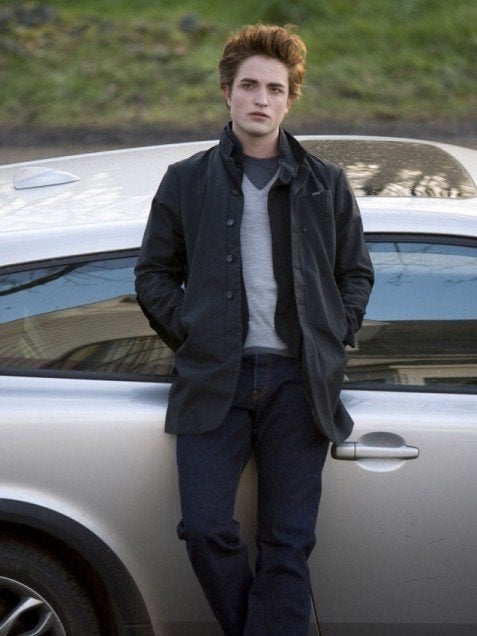
Paheli, my teenage daughter, was totally obsessed with the "Twilight" series by Stephenie Meyer until a year or so ago. She mentioned that the hero of the series, Edward Cullen drives fancy cars. My pre-teen son Saransh, who can recognize and tell the model and the price of nearly every car just by looking at the head-lights or tail lights, informed us that these were expensive cars that cost over $100,000. The question was how did Edward Cullen become so rich? I am a Professor of Finance and I was not going to miss this opportunity to teach some basic finance to my children. This will please Matthew Bishop and Michael Green, who argue in their informative and provocative book, "The Road from Ruin," about the importance of Financial Literacy and Education. Amy Butte, whose blog "Sex or Money? Which is Harder to Talk About" ran on the Huffington Post last week should also appreciate my attempt at talking to my children about finance in a language they could understand.
So, the answer (my answer, in any event) to the question of "How did Edward Cullen become so rich?" was that he is a vampire and vampires live forever. What I am getting at is the power of compound interest. If you start to save early and let your savings earn interest for many years, most people are surprised to learn, how much your savings grow to. However, these calculations are not so easy to do -- use of financial calculators or excel is nerdy and even some of my MBA students are not quite at ease with these tools, let alone teenagers or younger children. But children are very good at using the Internet. So, I asked my kids to go to a brilliant site called wolframalpha.com and asked them to type, like you would in Google search, "$20 per month, 5%, 110 years" in wolframalpha.com. You see, Ed Cullen, I am told, was born around 1901, and if he started putting away just $20 a month -- not an unreasonable amount -- it would have been about 110 years in 2010. Assuming an interest rate of 5% per year makes, the savings grow to a little over one million dollars. What if the interest rate were 10% instead of 5%? Now, the number is an astounding $90 million. But is 10% interest rate reasonable? It may be, if one were to include inflation, but it isn't if we want to think about these numbers in constant dollars, i.e., assuming same purchasing power of dollars in 1901 as in 2010. Understanding the difference between nominal (i.e., including inflation) and real (i.e., constant purchasing power), is another financial literacy issue that most people don't understand well enough.
Why are we often surprised to hear these answers? Evolution did not program us to think about compound rate of growth because in prehistoric times the main source of savings was simple storage over relatively short periods of time. Modern finance has allowed us to take advantage of risk-sharing and exchange, and thus exploit productivity growth potential across many people and over long periods of time. This often results in numbers that are so large and sometimes so unprecedented, that we are often taken by surprise when we are forced to confront these as we have had to during the recent financial crisis, the subject of Bishop and Green's eminently readable "The Road from Ruin." Yes, creating more financial tools that are easy and fun, and teaching children to save early and showing them it is not difficult to do so, would go a long way towards creating a more financially literate, prosperous, and responsible, society. We can start Financial Access at Birth (FAB) www.FABcampaign.org
